By Dr. Michael J. Conklin*
President Donald Trump sparked a debate after tweeting, “As has been stated by numerous legal scholars, I have the absolute right to PARDON myself . . . .” The self-pardon has inspired passionate and discordant views within the legal community. Despite competing claims in the media, there is no clear consensus among legal professionals concerning the constitutionality of the presidential self-pardon, which has never been attempted by a U.S. President. The presidential self-pardon is an amorphous concept that finds no clear authority either in the text of the Constitution, which provides only one sentence describing the President’s pardon power, or in Supreme Court precedent, which has only minimally discussed the pardon power’s scope. There has been no objective attempt to measure a consensus in legal academe, and no media outlet has comprehensively surveyed legal experts to determine whether a consensus actually exists. This article discusses the results of a survey conducted across ninety-five faculty members representing twenty-nine U.S. law schools to illustrate whether an actual consensus exists. In addition, it examines potential correlations between political affiliation, age, and law school tier with faculty members’ opinions on the issue. Finally, this article serves as a tool to inform the public by clarifying conflicting media accounts . . . .
* Powell Endowed Professor of Business Law, Angelo State University
